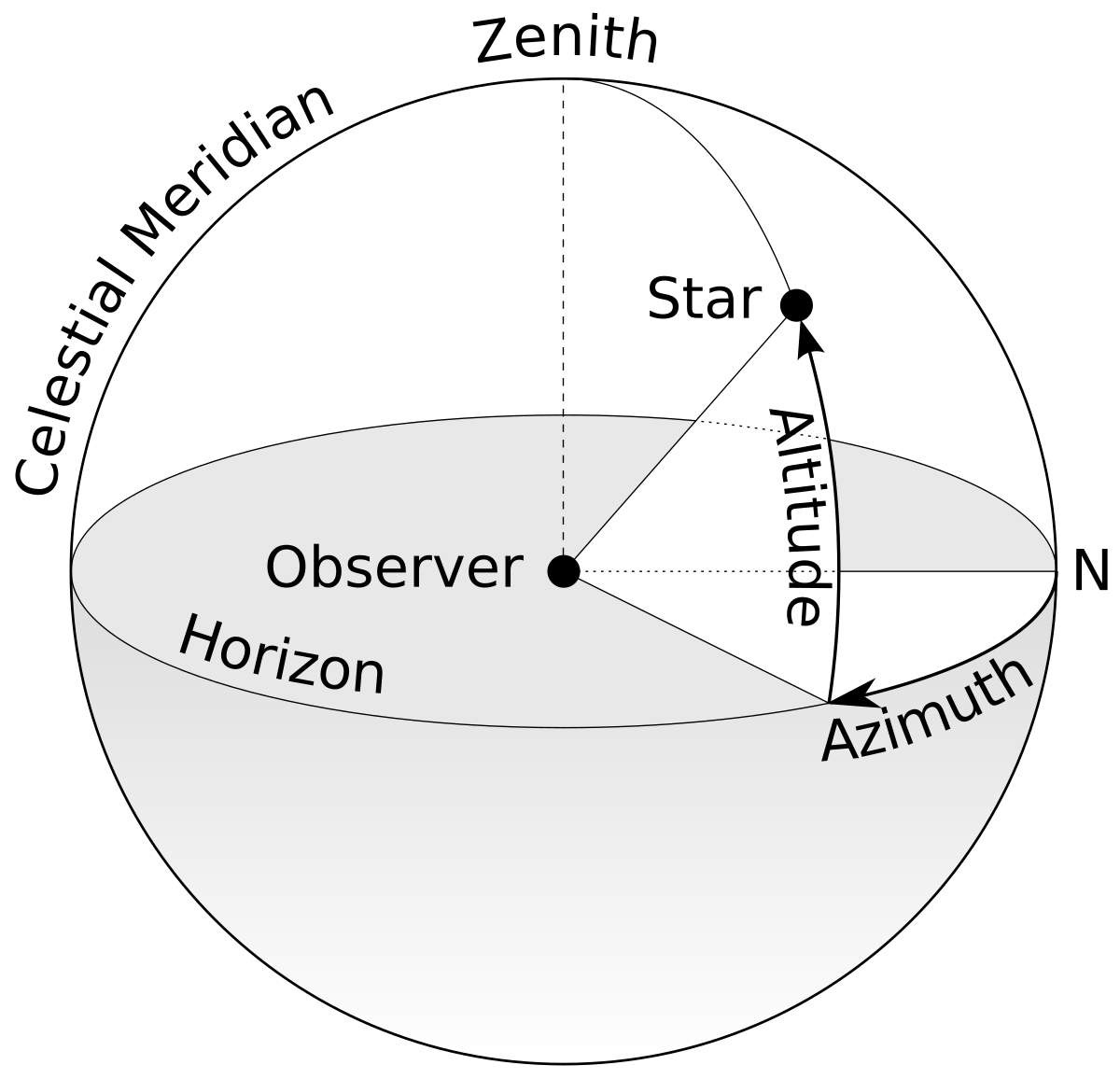

Segner that emphasizes applications of mathematics to modern technologies, was an early feature of the progressive teaching approach at Göttingen University. As Schubring ( 2010) recounts, the Modellkammer, a collection of mathematical models introduced by J.A. The history of model making and use in mathematics dates back to the early 18th century. We also consider how geometric models can provide opportunities to connect school mathematics practices to universal ways of being enacted by mathematicians, such as seeking alternative representations, visualization, and play (Taylor, 2018 Whitelely, 2019).Ģ.1 Mathematical models for mathematics education In line with Sullivan et al.’s ( 2013) notion of a purposeful representational task, we consider how geometric models can provide opportunities to represent and broaden connections between core mathematical concepts, such as permutations and reflections. In this paper, we seek to extend understanding of how intra-mathematical connections between concepts and practices can be fostered through the creation and use of a tangible geometric model. Nevertheless, intra-mathematical connections are recognized as similarly motivational for learners (Schukajlow, et al., 2022).

In our review of the literature, we found extensive research which highlights the power of, and competencies for, teaching mathematical modelling for fostering extra-mathematical connections (Kaiser & Schukajlow, 2022 Kaiser et al., 2022), yet we found less attention paid toward the intra-mathematical connections made possible via modelling approaches.
#Horizon line calculator how to
In our research, we conceptualize this awareness as part of teachers’ knowledge at the mathematical horizon (KMH), which is characterized by an understanding of mathematical structure, practices, and values that allow for an interconnected view of the mathematical world and how to be within it (Zazkis & Mamolo, 2011 Mamolo & Taylor, 2018).

To address the discontinuity within teacher education, there is a need to foster a general awareness of mathematics as a connected landscape (Bass, 2022), in addition to fostering specific connections within and outside of mathematics, termed intra- and extra-mathematical connections, respectively (De Gamboa, et al., 2022). In particular, we are inspired by the power of geometric models (Whiteley, 2019) and their potential to address the “double discontinuity” (Klein, 1945) between university and secondary school mathematics, which continues to be problematic (Liang, et al., 2022). This research contributes to conversations around the role university mathematics can play in supporting teacher practice (Wasserman, et al., 2019) and fostering awareness of mathematical connections (Bass, 2022), structures (Taylor, 2018), and ways of being (Mason & Davies, 2013).


 0 kommentar(er)
0 kommentar(er)
